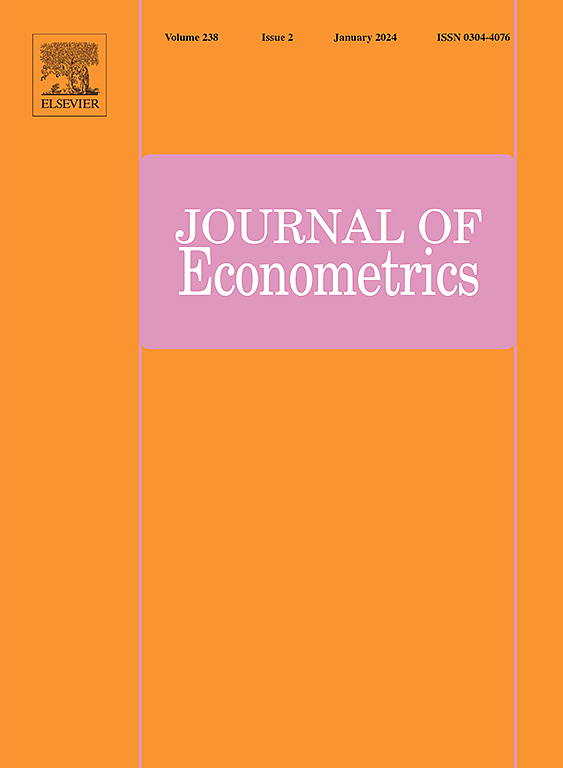Satellites turn “concrete”: Tracking cement with satellite data and neural networks
IF 4
3区 经济学
Q1 ECONOMICS
引用次数: 0
Abstract
This paper exploits daily infrared images taken from satellites to track economic activity in advanced and emerging countries. We first develop a framework to read, clean, and exploit satellite images. Our algorithm uses the laws of physics (Planck's law) and machine learning to detect the heat produced by cement plants in activity. This allows us to monitor in real-time whether a cement plant is working. Using this on around 1,000 plants, we construct a satellite-based index. We show that using this satellite index outperforms benchmark models and alternative indicators for nowcasting the production of the cement industry as well as the activity in the construction sector. Comparing across methods, neural networks appear to yield more accurate predictions as they allow to exploit the granularity of our dataset. Overall, combining satellite images and machine learning can help policymakers to take informed and swift economic policy decisions by nowcasting accurately and in real-time economic activity.
卫星变成“混凝土”:用卫星数据和神经网络跟踪水泥
本文利用卫星每日拍摄的红外图像来跟踪发达国家和新兴国家的经济活动。我们首先开发一个框架来读取、清理和利用卫星图像。我们的算法使用物理定律(普朗克定律)和机器学习来检测水泥厂在活动中产生的热量。这使我们能够实时监测水泥厂是否在工作。在大约1000个植物上使用这个,我们建立了一个基于卫星的指数。我们表明,使用该卫星指数优于基准模型和替代指标,用于临近预测水泥行业的生产以及建筑行业的活动。比较各种方法,神经网络似乎产生更准确的预测,因为它们允许利用我们数据集的粒度。总体而言,将卫星图像与机器学习相结合,可以通过准确实时地预报经济活动,帮助政策制定者做出明智而迅速的经济政策决策。
本文章由计算机程序翻译,如有差异,请以英文原文为准。
求助全文
约1分钟内获得全文
求助全文
来源期刊

Journal of Econometrics
社会科学-数学跨学科应用
CiteScore
8.60
自引率
1.60%
发文量
220
审稿时长
3-8 weeks
期刊介绍:
The Journal of Econometrics serves as an outlet for important, high quality, new research in both theoretical and applied econometrics. The scope of the Journal includes papers dealing with identification, estimation, testing, decision, and prediction issues encountered in economic research. Classical Bayesian statistics, and machine learning methods, are decidedly within the range of the Journal''s interests. The Annals of Econometrics is a supplement to the Journal of Econometrics.
 求助内容:
求助内容: 应助结果提醒方式:
应助结果提醒方式:


